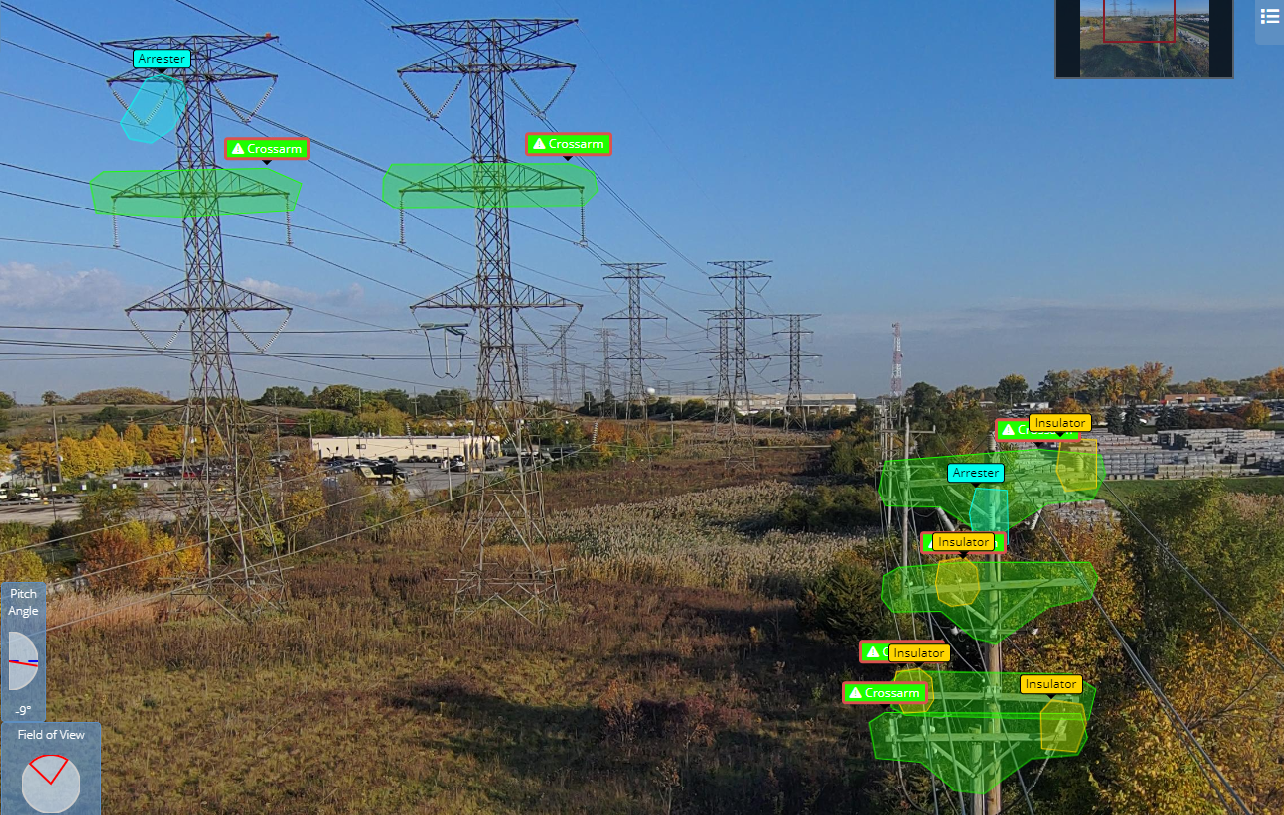
At Xboom, we offer cutting-edge drone inspection services specifically tailored for power line inspections. Traditional methods of inspecting power lines, such as manual climbing, helicopters, or ground patrols, can be dangerous, time-consuming, and costly. Our drone-based inspections provide a safer, more efficient, and cost-effective alternative.
Key Features of Power Line Drone Inspections
High-Resolution Visual and Thermal Imaging
Our drones are equipped with advanced cameras capable of capturing detailed images of power lines, insulators, transformers, and other components. The thermal sensors detect hot spots, a sign of electrical faults or component degradation, which might be invisible to the naked eye.
Automated Flight Paths for Consistency
We use pre-programmed flight paths to ensure consistent data collection across all power line segments. This automation ensures that no part of the infrastructure is overlooked.
Access to Hard-to-Reach Areas
The Drones can easily access difficult terrain or remote areas where it would be challenging or expensive to send human inspectors.
Vegetation Management
Our drones also monitor vegetation growth around power lines, identifying areas where trees or plants could pose a risk of electrical fires or outages.
Benefits
- Increased Safety:
As a result of removing manual inspections, we greatly reduce accident risks—especially in hazardous or high-voltage areas. - Fast and Efficient Data Collection:
With drones, we quickly cover large zones. Therefore, teams minimize downtime during essential maintenance and repairs. - Early Fault Detection:
By combining high-resolution visuals and thermal imaging, we easily detect overheating, corrosion, or wear before issues escalate. - Cost-Effective:
Compared to helicopters or large crews, drone services cost less. Consequently, the utility companies enjoy a better return on investment.
By leveraging the drone technology for the power line inspections, Xboom ensures your energy distribution infrastructure remains reliable, reducing the likelihood of power outages while minimizing the operational costs.
